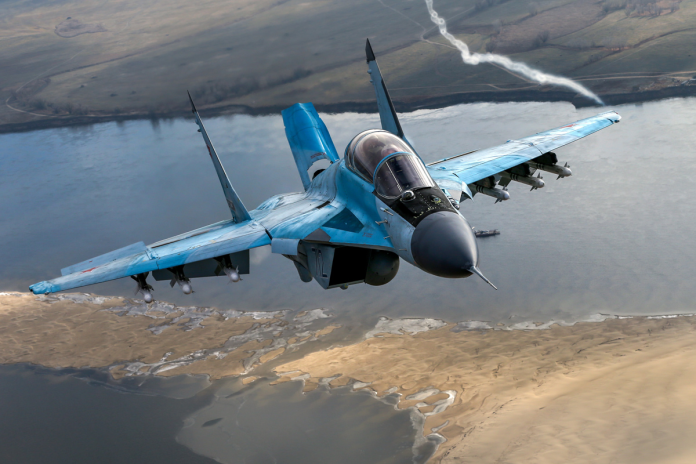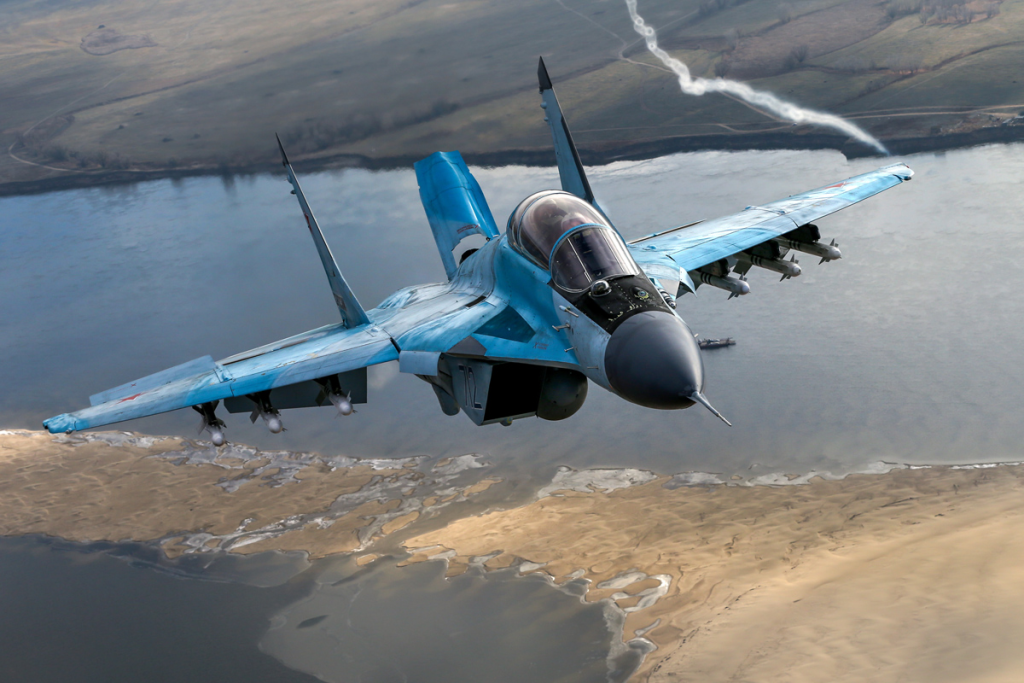
“All flash and no substance.” That scathing judgment by defense analyst Brandon J. Weichert, writing in The National Interest, summarizes the essence of the flawed MiG-35 program a fighter designed to be an export-friendly, cost-effective multirole aircraft, but which has become, instead, a cautionary tale of military flight.

First unveiled in 2007 and advertised as a “4++ generation” successor to the MiG-29, the MiG-35 was meant to upgrade the light fighter fleet of Russia and win major foreign orders. Now, virtually nineteen years later, fewer than ten are likely to be operational, and no major export deals have been won. Sanctions, technological malfunction, and strategic mistakes have kept the plane on the sidelines both domestic and foreign.
For defense planners and aerospace observers, the MiG-35’s turbulent evolution offers something more substantial than the Russian case study it’s a playbook of errors any air force, including the United States, would be well-advised to bypass when developing or modernizing fighter aircraft.

1. Overpromising on Capabilities
Since its initial entry into Aero India 2007, the MiG-35 was positioned worldwide as an equal of Western fourth-generation-plus fighters such as the F/A-18E/F Super Hornet and the Eurofighter Typhoon. Sales brochures featured sophisticated avionics, a Zhuk-A active electronically-scanned array radar, and thrust-vectoring engines. In practice, production-standard airframes allegedly were delivered with an inadequate PESA radar, and the thrust-vectoring was eliminated. Widespread variance between advertised and actual characteristics continued to erode confidence among foreign buyers and domestic constituents. Defense analyst Weichert noted that this overhype created a vicious cycle expectations soared, delivery fell short, and interest collapsed. For air forces, the lesson is clear: credibility in capability claims is as vital as the technology itself.

2. Minimal Combat Deployment
Even though Russia maintains the war within Ukraine, the MiG-35 has experienced very little frontline warfare service. Fears of losing costly, irreplaceable aircraft have prevented it from intense battles. Its significant operational deployment was by the Russian Ministry of Defense, using the MiG-35s to protect the skies of Moscow from the drone attacks of Ukraine, in May 2025. This zero-combat-record drawback detracts from export marketability. Overseas customers frequently require demonstration of warfighting prowess as precondition for sales. In the absence of this, even technically qualified airframes have little success selling abroad.
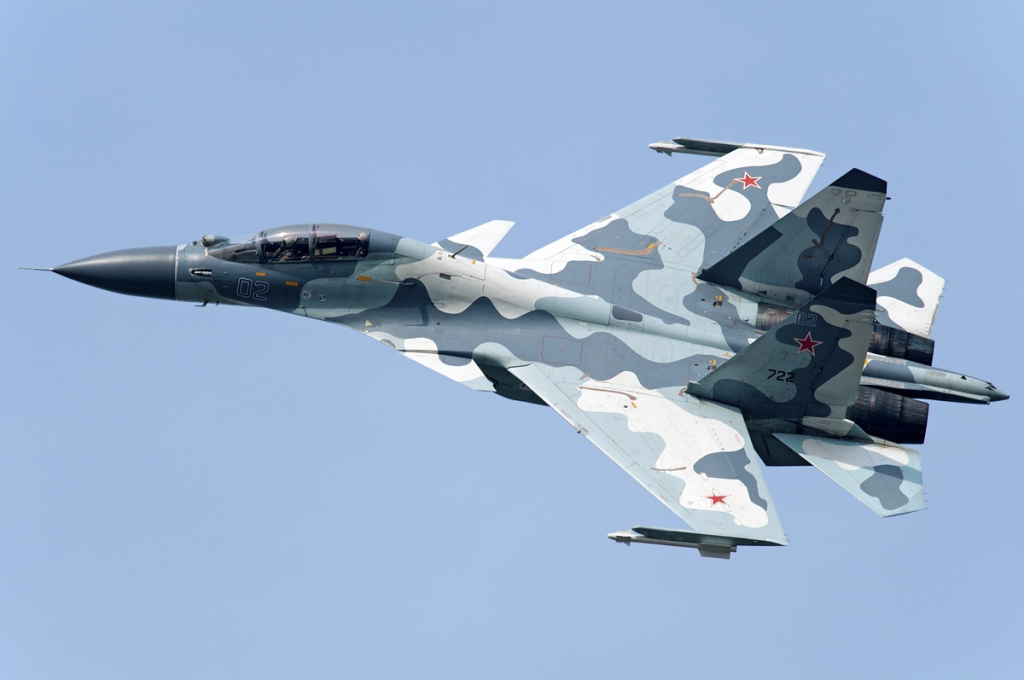
3. Low Numbers and Production Bottlenecks
Russia’s original purchase requirement was 37, but later cut by 2028 to 24. Up to 2025, open-source estimates are six to ten in service. Factors are budget constraints, competition by Sukhoi’s Su-30 and Su-35, and sanctions affecting supply lines. The slow production rate a single tanker annually between 2016 and 2024 The low production rate only one airplane annually between 2016 and 2024 has forestalled economies of scale and maintained elevated unit prices. For the USAF, this raises the strategic risk of underproduction of major platforms, which can retard fleet integration and dilute deterrence.
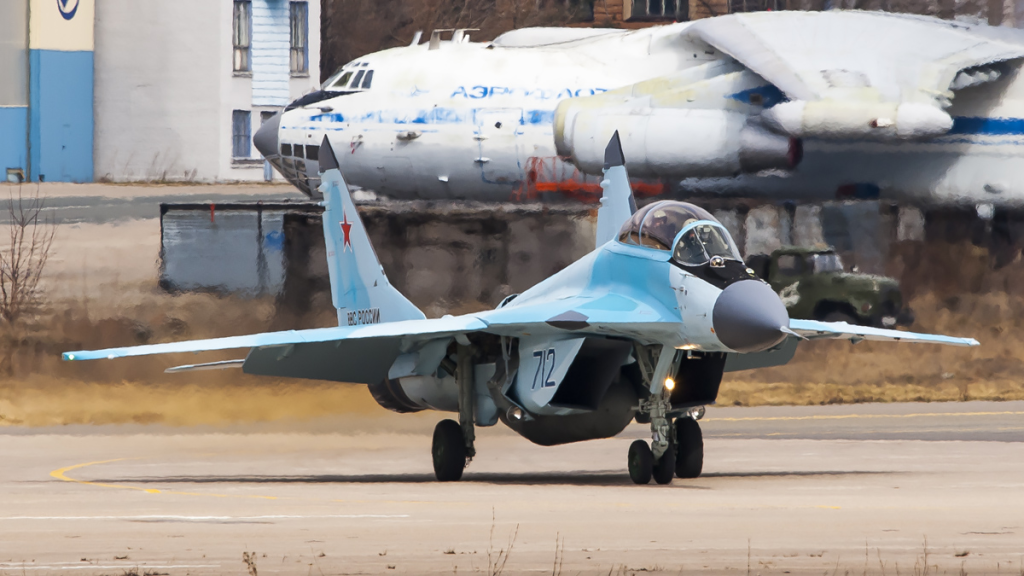
4. Export Market Collapse
Russian fighter sales have been decimated by the Countering America’s Adversaries Through Sanctions Act (CAATSA), which sanctions those buying new Russian systems. Regular customers like India, Egypt, and Vietnam have cut or canceled sales, and others have switched to Western or Chinese systems. Having lost key funding sources without foreign purchases, the MiG-35 program became vulnerable. This reliance on exports to fuel production makes the program vulnerable to collapse whenever the geopolitical currents are redirected.
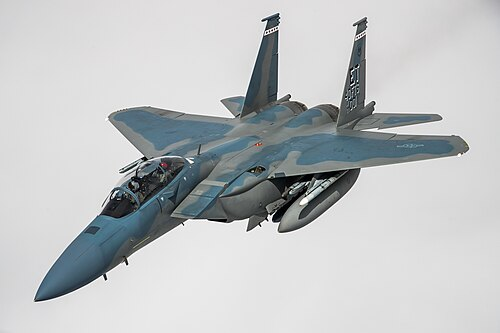
5. Inferior Core Systems
Reliability problems of the engine and radar have haunted the MiG-35 since initial prototype days. Complaints of RD-33MK engines making too much smoke and of radar not living up to vaunted capabilities have harmed its credibility. Compared even to fourth-generation-plus counterparts such as the F-15EX, the MiG-35 lags behind by miles or tons. System core reliability is needed by today’s air forces. Mission success and survivability of the fighter pilot are dependent upon engines and sensors acting perfectly under wartime stresses.
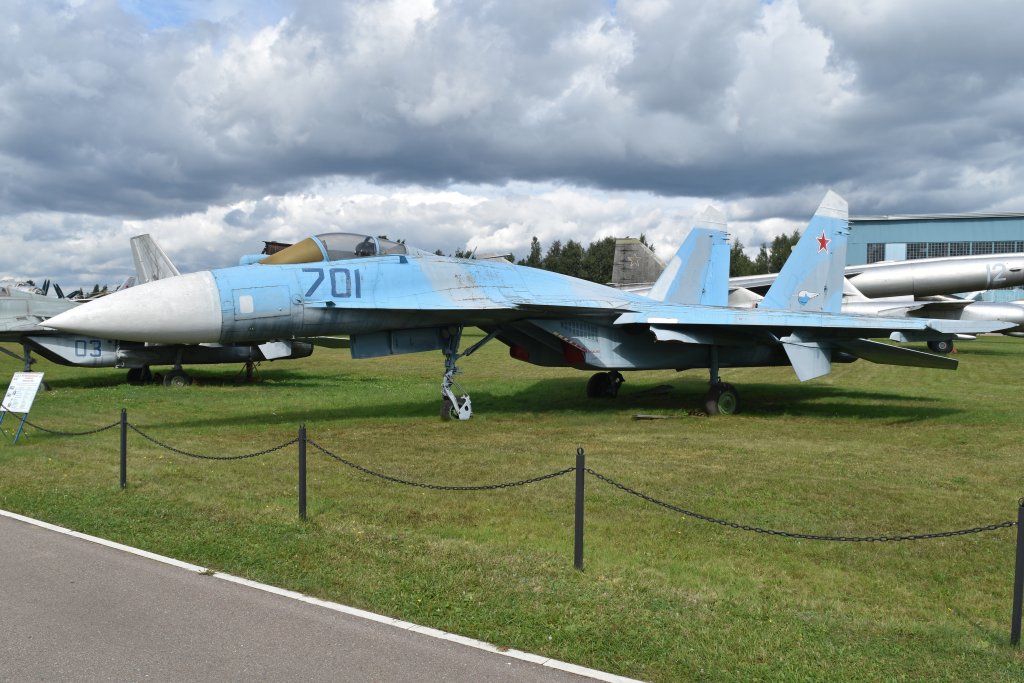
6. Competition by Domestic Rivals
Within the United Aircraft Corporation of Russia, Mikoyan has been eclipsed by the Sukhoi. Export and indigenous orders have favored the Su-30, Su-35, and Su-57, and the MiG-35 has been put aside. Sukhoi platforms have longer range, higher payload, and proven combat success, and so they are favored by the Russian military and even by external customers. This intra-firm competition demonstrates the way market focus and resources are blurred by dual product lines, where the same family of planes always lags behind another.
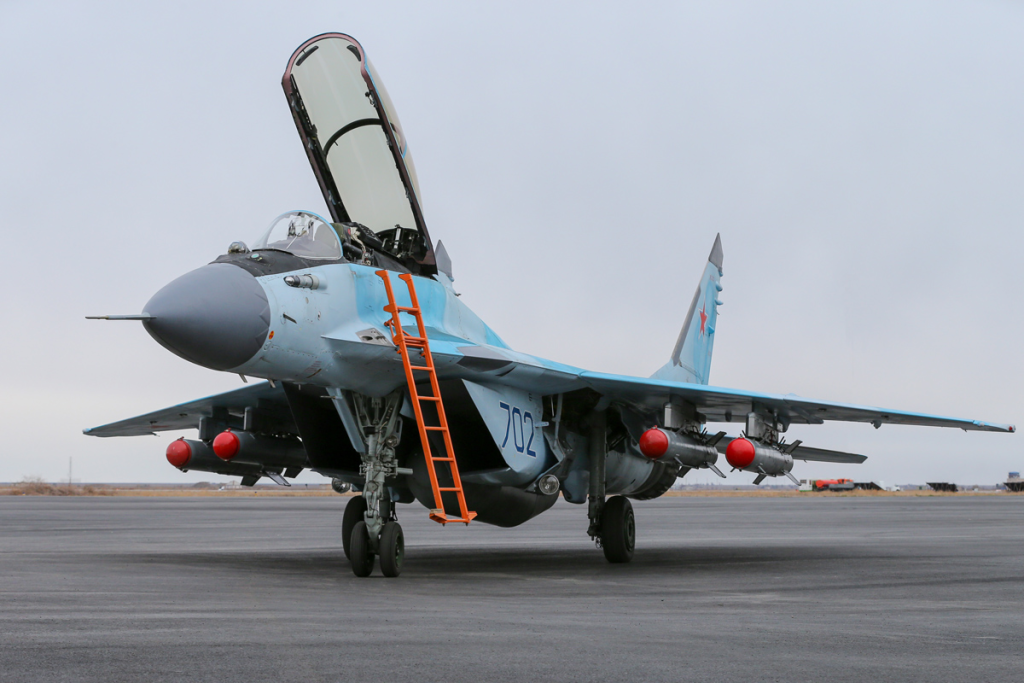
7. Misalignment of Strategy and Future Doctrine
Russia’s new air doctrine focuses on long-range strike, survivable airframes, and heavy multirole fighters, all niches where the MiG-35 falls short. With the movement of resources toward fewer, but more capable, airframes, light fighters such as the MiG-35 become obsolete. For the United States, buying by long-term doctrine best makes sense. Investing today in tomorrow’s requirement-based operational platforms avoids the temptation of fielding technically immature, strategically irrelevant airpower onto the flightline.
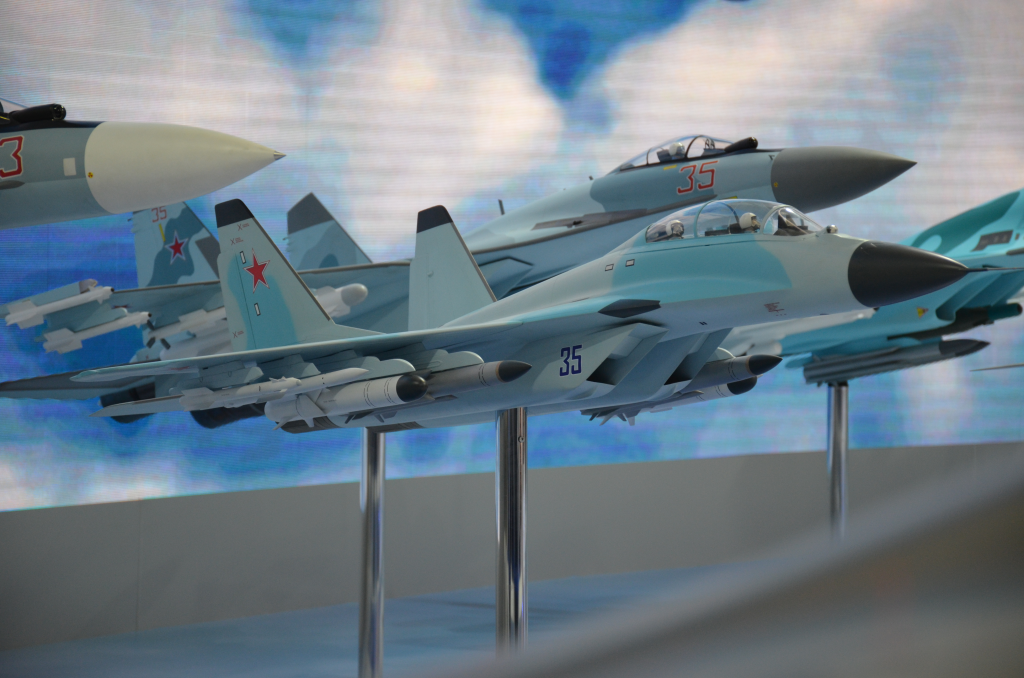
The MiG-35’s trajectory from high-profile unveiling to marginal service use underscores the dangers of mismatched expectations, unreliable systems, and overreliance on export markets. For the U.S. Air Force and allied militaries, these lessons are not abstract. They are practical warnings ensure promised capabilities match delivered performance, secure domestic production resilience, and align aircraft development with evolving doctrine. In military aviation, credibility, adaptability, and strategic fit are the true measures of success.
